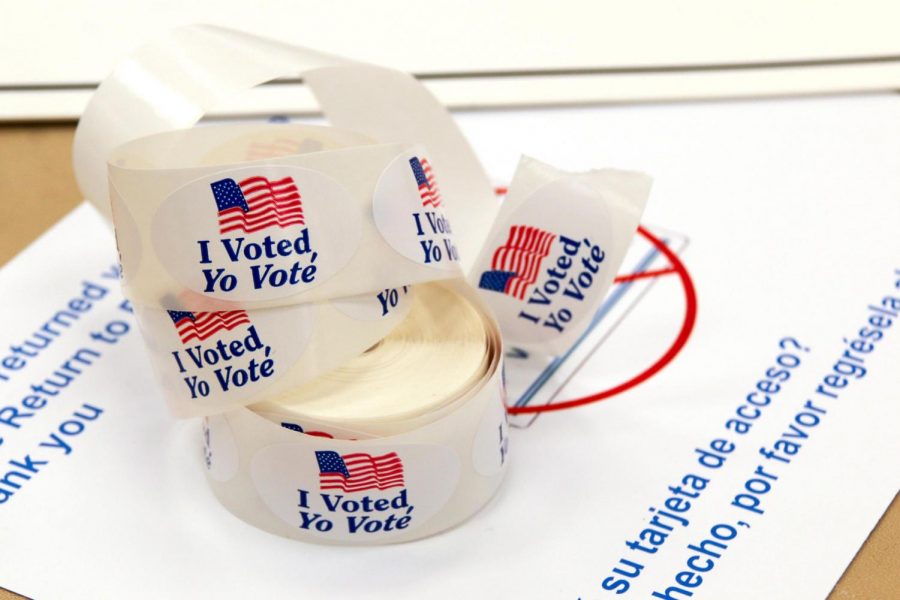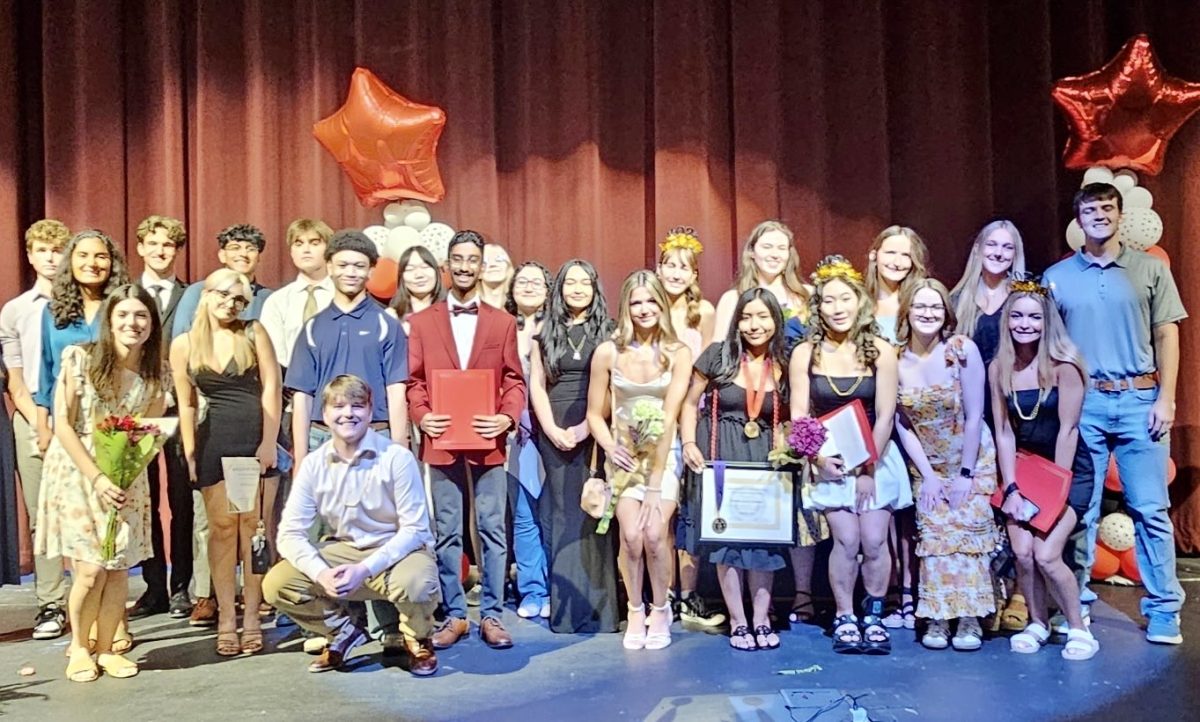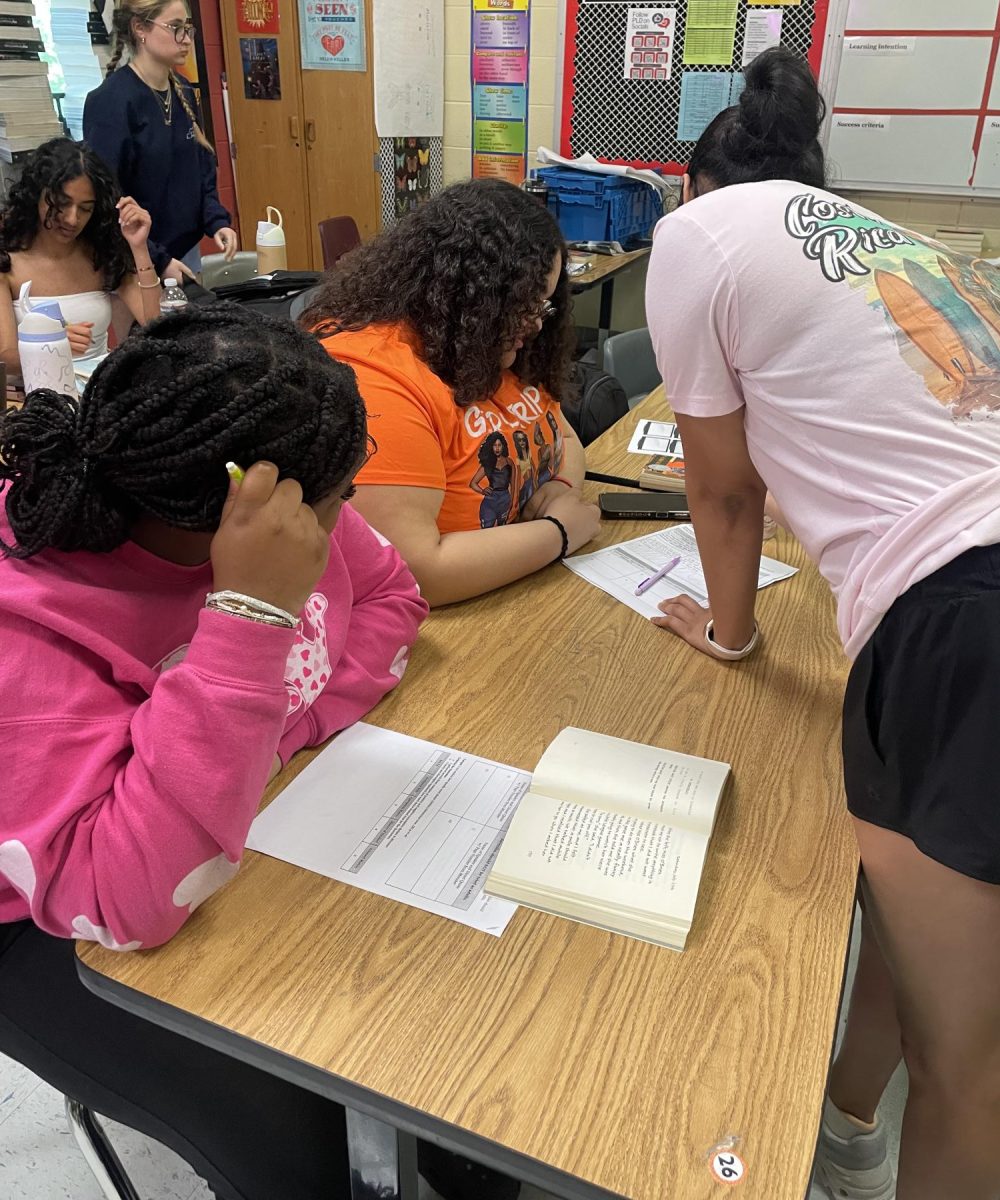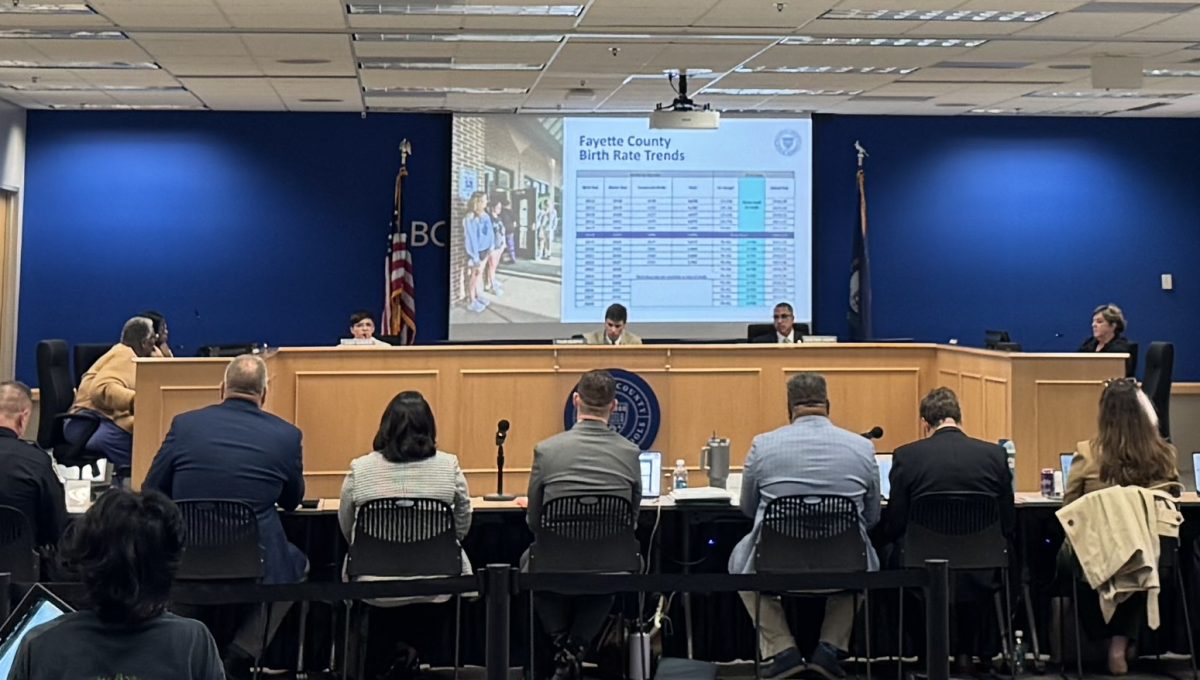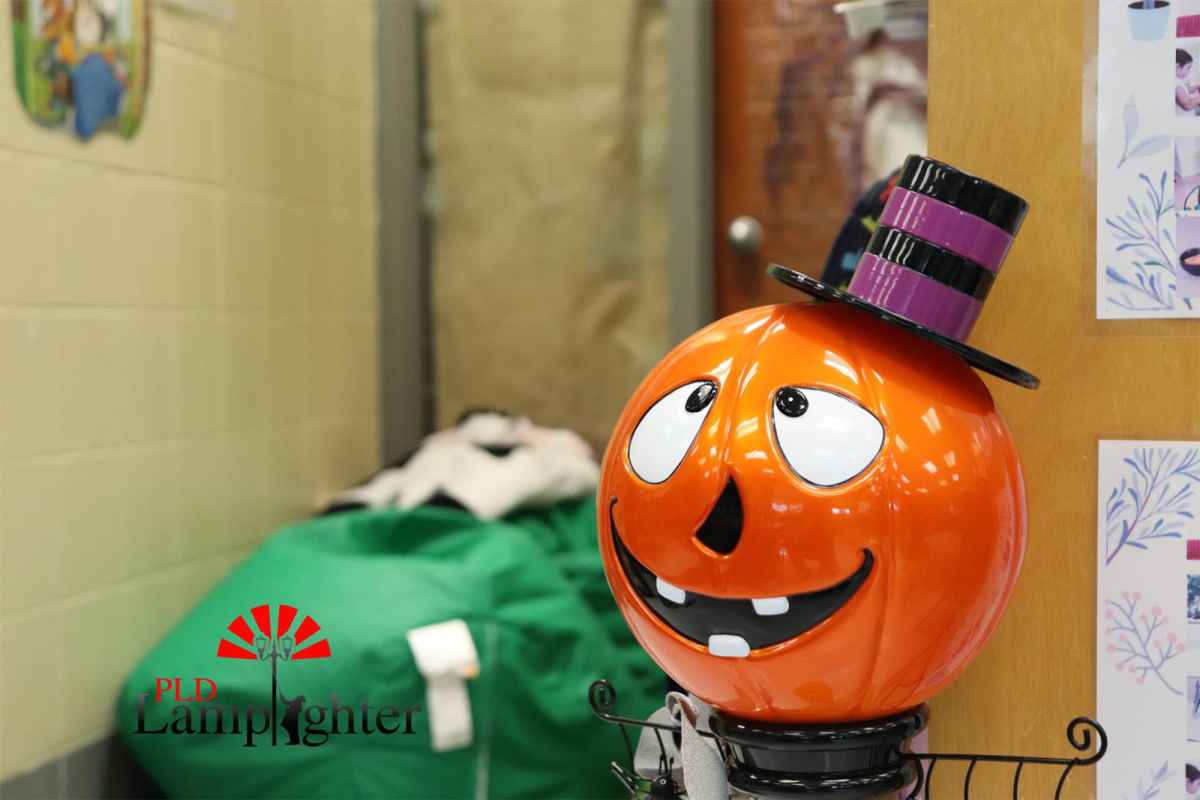Study Methods that Work
These are not the only learning/studying methods that exist, but when it comes to learning/studying there isn’t a one size fits all approach–what works for some may not work for others, but with a little trial and error, there is a method for everyone.
Recently on TikTok, a Japanese cafe has gone somewhat viral. Japan is known for having a lot of unique cafes from maid cafes where the waitresses dress up in maid costumes to animal cafes where you can chill with some furry friends. Manuscript Writing Cafe has customers come in and fill out a slip of paper describing what they are trying to get done and by what time. After they set their goals, they choose the level of severity they want to be held accountable for. If they choose the hardest level, a staff member will come and loom over them every so often so they can feel the pressure of meeting their deadline.
This illustrates the need for students to have different studying and learning methods to suit their needs.
Some, like customers of the Manuscript Writing Cafe, need an authority figure or someone to put pressure on them to finish tasks. It reminds me of a classroom setting. Where the staff members are the teachers telling you to get something done by a certain time. During the pandemic, many students stopped keeping up with their work so a physical person nearby who is making sure they are on task is what’s needed.
However, many people thrive more by themselves and only need gentle reminders while they practice their methods individually.
A common study method is active recall. This includes using flashcards, practice tests, and self-generated questions, and it helps people memorize and retain information.
“Even during a test sometimes I find myself not knowing the actual answer but just recognizing something similar from a previous practice test. When I had a lot of information I had to memorize I would make flashcards and it made memorizing 80 questions and answers easier,” a student said.
“Going through practice tests that you know are similar to the real test is also really helpful. I don’t like being surprised, so, I find that I do better when I’m familiar with the format of the test. It allows me to feel a bit less anxious.”
There is also the Pomodoro study method in which people study in time increments. For example, a student would study for 25 minutes, then take a break for 15.
A downside would be if those supposed 15-minute breaks turn into hour-long breaks.
Another study method is the Feynman Technique. It was developed by the Nobel Prize-winning physicist Richard Feynman. This technique is based on the idea that the best way to learn a topic is to teach the topic to a sixth-grade child.
A similar study habit is the “have a friend explain” method.
“Sometimes I just can not understand what the teacher is saying,” a student said. “It’s like an alien language sometimes and I feel stumped. So, I will ask a friend that is also taking that class and understands to explain whatever question I have. I feel like I learn better from a friend who understands rather than a teacher.”

Hi, my name is Emily Fabián, I’m a senior and this will be my fourth year with Lamplighter. I’m one of the WPLD en Español producers. I'm excited...





